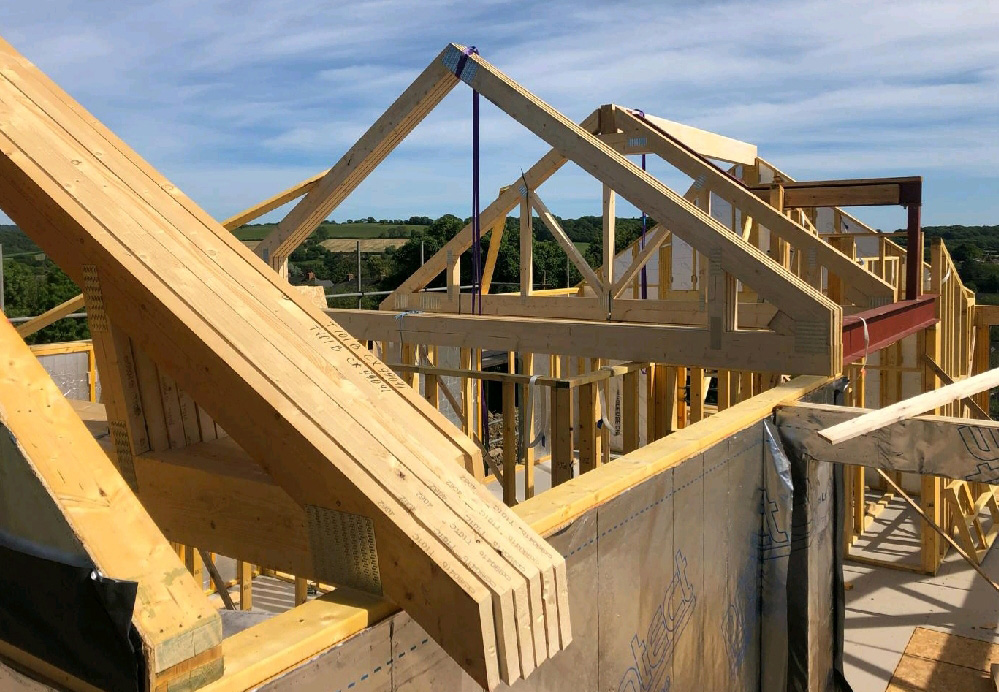It’s been a long time coming, but for those of us that live and breathe the magic of timber, we’re relieved and excited to see new changes to Part L of Building Regulations that came into effect in June 2022, and for timber to be recognised by the government as a solution to future housebuilding.
For the self-builder, and also for many traditional housebuilders, the new Part L regulations require them to adopt new methods of construction in order to address two important issues; reducing carbon emissions and energy saving.
The government will also be publishing a Future Homes Standard by 2025 that is expected to set targets to cut construction carbon emissions by at least 75%.
These changes mean that the construction industry has a lot on its shoulders in the coming years, but the timber industry, which is at the forefront of low-carbon building material manufacturing, is more than ready to meet demand, and to provide training and support.
Timber frame is the most sustainable structural material for Part L compliance
Reducing carbon emissions is the number one reason for the Part L regulatory changes we are seeing in the construction industry. The production of steel and cement are among the highest carbon emitting industries which in itself is not sustainable, but timber has long been the natural alternative.
Timber is not only a sustainable product, it naturally locks in carbon for life. As a structural fabric, timber frame is perfect for housebuilding; it is warm, highly-versatile and it can be efficiently manufactured off-site, leading to significant benefits such as quicker build times, less waste and less noise.
Timber frame is naturally thermally efficient
New Part L Building Regulations aim to limit unwanted heat loss and heat gain from the building fabric, to create an airtight, thermal envelope which will reduce energy use and cut energy costs.
While renewable heating technologies will eventually replace gas boilers, closed panel timber frame systems can provide a natural, high-performing insulator which keeps homes warm in winter and cool in summer.
As a modern method of construction, timber frame closed panel systems can create a thermally efficient, airtight home that will meet future homes standards.
These changes to Part L of Building Regulations are just the beginning of a new era in housebuilding, where timber frame systems will play a major role. The government is expected to introduce new policy in the coming years to increase the use of timber in UK construction to 40% by 2050. It sounds a long way off, but Target Timber is ready to fulfil the needs of the new, modern housebuilding industry.


